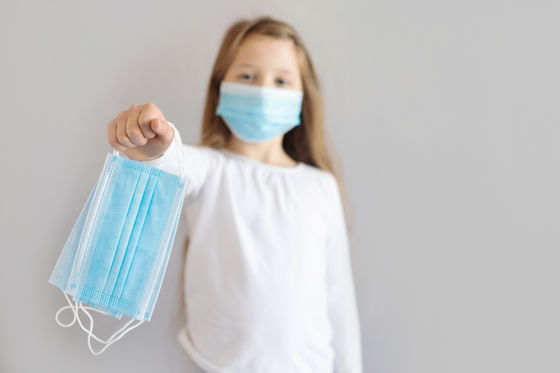Kinki University investigates whether wearing masks for long periods of time poses hygiene problems

As the novel coronavirus (SARS-CoV-2) spreads worldwide, countries around the world are recommending the use of masks to prevent the spread of infection. While the effectiveness of masks has been widely studied, there have been few reports on potential hygiene issues caused by bacteria and fungi on masks. Based on this finding,
Bacterial and fungal isolation from face masks under the COVID-19 pandemic | Scientific Reports
https://doi.org/10.1038/s41598-022-15409-x
Park and his colleagues conducted a survey of 109 participants to collect information on the type of mask they were wearing and how long they had been using it. While various types of masks, such as nonwoven and gauze masks, are available, participants were asked questions about which type of mask they had been wearing, how long they had been using the same mask, whether they had a habit of gargling, and whether they had a habit of eating natto.
Regarding the type of mask used, nonwoven masks were the most common at 78% (85 people), significantly higher than nonwoven masks such as polyurethane, gauze, and cloth. Regarding the length of use, 75% of nonwoven mask users threw them away after one day, while 58% of other mask users wore the same mask for two days or more. This is likely because polyurethane and other masks are designed to be washable and reusable, so users may have been washing and reusing their masks multiple times. There were no significant differences in mask type or length of use by gender.

Furthermore, Park and his colleagues collected approximately 200 masks worn by participants and pressed the outer and inner surfaces of the masks separately onto agar plates for bacterial or fungal culture to culture bacteria and attempt to identify the microorganisms attached to each side of the mask.
Both bacteria and fungi were found to be present on the masks, with the fungi found to be in smaller numbers. Furthermore, while the average number of bacterial colonies on the inside (face side) of the mask was 13.4 times higher than on the outside, most were non-pathogenic, resident bacteria. On the other hand,
In contrast, the number of fungal colonies was higher on the outside of the mask, at 2.4 times that of the inside. Although there was no significant difference in the number of fungal colonies between nonwoven and other masks, it was found that the number of colonies increased in masks that had been used for more than two days.
Bacteria and fungi can grow due to the moisture they get while wearing the mask, but removing the mask will dry it out overnight, potentially killing off the bacteria. Fungi, on the other hand, are less likely to dry out, so they can survive even when the mask is dry. This is thought to be the reason why only fungi tended to grow in masks worn for more than two days.
A study linking the participants' lifestyles revealed that there was no difference in the number of colonies depending on whether they commuted by train or on foot, or whether they had a gargling habit. It was also reported that the probability of finding Bacillus subtilis, which ferments natto, was higher in the masks of people who regularly eat natto.
Since harmful bacteria were also detected in the masks, Park and his colleagues suggest that people with compromised immune systems should avoid wearing the same mask repeatedly to prevent microbial infection.

Related Posts:
in Education, Posted by log1p_kr







